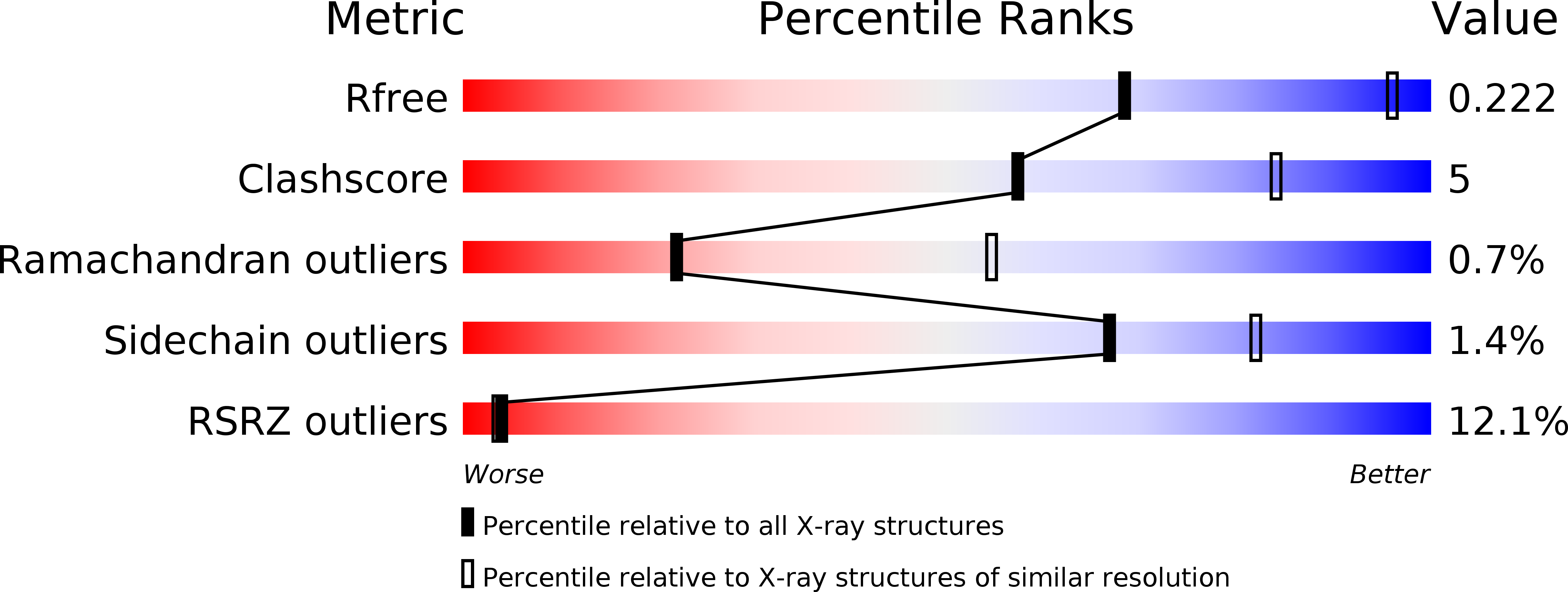
Deposition Date
2019-01-10
Release Date
2019-02-06
Last Version Date
2024-10-16
Entry Detail
PDB ID:
6J5G
Keywords:
Title:
Complex structure of MAb 4.2-scFv with tick-borne encephalitis virus envelope protein
Biological Source:
Source Organism:
Tick-borne encephalitis virus European subtype (strain Neudoerfl) (Taxon ID: 11088)
Mus musculus (Taxon ID: 10090)
Mus musculus (Taxon ID: 10090)
Host Organism:
Method Details:
Experimental Method:
Resolution:
3.29 Å
R-Value Free:
0.22
R-Value Work:
0.20
R-Value Observed:
0.20
Space Group:
C 1 2 1


